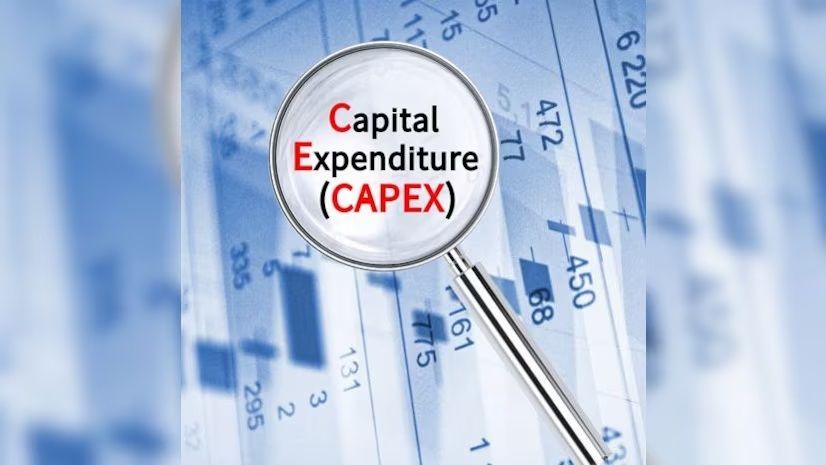Adapted from the September 2024 PREP Newsletter: "So What Does That Mean in Plain English?"
Whether you invest in stocks, bonds, startups, private equity, treasuries, or, you guessed it, multifamily real estate, all investing comes down to one fundamental objective: to sell your asset at a higher price than the price for which you purchased it. Each asset class might have different strategies, timelines, anticipated returns, and assumed risks that can vary the sale price differential from the purchase price, but the fundamentals still stand.
The million dollar question is, “How do we increase the value of the investment?” In multifamily real estate, one powerful strategy through which we achieve this value appreciation is Capital Expenditure (CapEx).
CapEx refers to the funds that are set aside at the time of purchase, and are intended to follow a three step process:
Step 1: Improve the condition of the property
Step 2: Increase the Net Operating Income (NOI)
Step 3: Drive up the property valuation
Let’s look at a simplified example.
PREP renovates all of the units in a 150-unit property by adding marble countertops.
Step 1: A typical unit rents at $2,000/month. If we estimate that it will cost $4,000 to install the marble countertops, totalling $4,000 x 150 units ($600,000), market research might project monthly rent to increase by $85/month/unit.
Step 2: At first glance, one might think that $85 is inconsequential. However, $85 monthly equates to $1,000 annually. Multiplied by 150 units, that is an additional $150,000 in annual NOI.
Step 3: With an assumed market cap rate of 5.0%, the property value increases by $3MM ($150K/5%). Having invested only $600,000 in CapEx, a 5X return on invested capex funds at sale is not too shabby ($3MM/$600K) (Step 3). These types of projects are what investors love!
The same can be done with installing washers/dryers in each unit, building carports, adding new amenities to the property such as dog parks or work-from-home spaces, etc. It’s important to note that not every CapEx project will reach Step 3. Some CapEx, while vital, will not get past Step 1.
CapEx also includes conducting major infrequent improvements, such as roof or HVAC system replacements, or structural repairs (Step 1). While these types of repairs/upgrades are integral to ensuring the longevity of the property and can be costly, a prospective resident will not necessarily pay a premium rent because they are now guaranteed a leak-proof ceiling. Since these projects don't get to Step 2, often investors will attempt to seek a price reduction from the seller before purchasing, or factor these expenses into their underwriting.
Whenever we look to invest in multifamily real estate or any asset class, the potential lies in the CapEx opportunities. While in theory we might want to implement every type of CapEx project to maximize the valuation at sale, here's a pro tip: if we leave some “meat on the bone” perhaps this will entice the next buyer to up their offer. Now that’s thinking like a smart real estate investor.
Written By:
Donny S. Steinberg
Director of Strategy & Innovation



